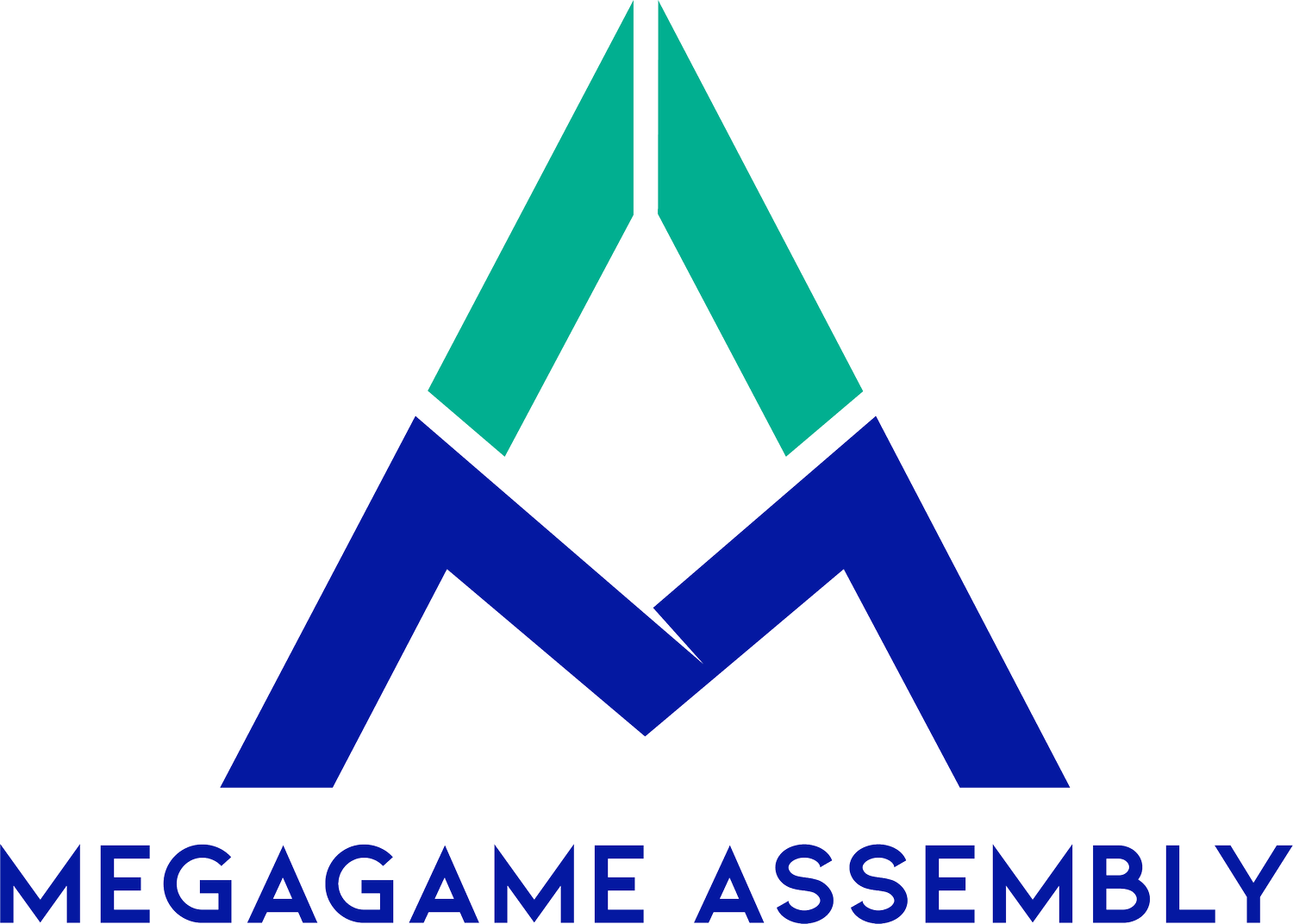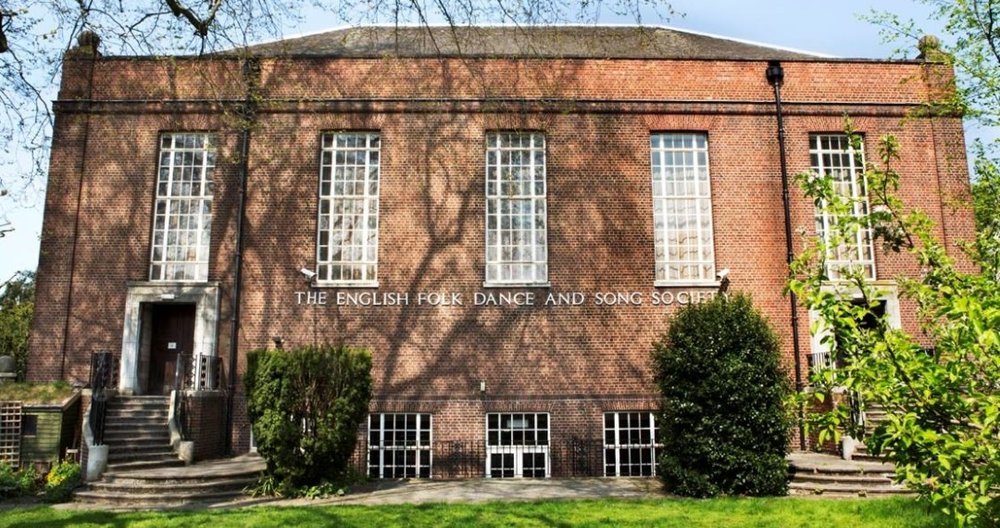How to run a megagame - part 2
A player counting his spoils at First Contact: 2035. Credit: Very Large Huge Games
In this series, Chris Brown is using his experience from running First Contact: 2035 - a 200 player megagame about alien arrival to showcase how to organise and run a megagame if you’ve never done it before.
Check out part 1 now if you haven’t already read it.
Show me the money!
I’ll let you in on an open secret. Megagames rarely make any money on their first run. This is because you’ll likely need to have a lot of components created, maps printed and the venue hire to pay for.
You should create a budget to capture every line item, how much you think you’ll spend and what you actually spent. When you’re starting out this will give you a good idea on how much you will end up spending to put on a great experience for your players.
Future runs of the same game will probably make you some money as you will save on purchasing components, however the largest expense of hiring a venue still needs to be covered each time. I’d recommend you keep some money aside to cover future venue deposits or if you plan to run different games you will have the budget to produce new components too.
Eventbrite have an interesting blog post on creating an event budget here, which may well be more in-depth than required to run a megagame. But the more you know, you more you can get right the first time.
When it comes to using a tool, a simple spreadsheet is perfect and there is an example from Ottawa Megagames here. If you’d prefer ready-made software, although it isn’t focused specifically on event budgeting, Mint is a capable online application that is free and can easily be adapted for the purposes of budgeting a megagame.
Choosing the right date
Most megagames run on a Saturday as it’s the day when the majority of players will likely be available, and since running and playing a megagame can be a full-on experience, it allows everyone, especially the control players, to recover the next day, before heading back to work.
There is nothing to stop you running your game on a Sunday, or for less hours than an average megagame – after all, you’re the boss!
You may also wish to check your local area to avoid big events your potential players may wish to attend. For national events, you would probably do well to avoid the weekend that Gen Con runs in the US and the Games Expo in the UK. Or perhaps interested folks who cannot make those cons would be interested in attending your megagame instead…? Regardless, it’s probably a good idea to think about which date works best for you and your team and has the greatest chance of attracting the most players.
Cecil Sharp House in London, UK where we ran First Contact: 2035. Credit: English Folk Dance and Song Society
Looking for the perfect venue
When it comes to finding a venue, your primary considerations will likely include an accessible location for your audience, the venue size to accommodate the number of players and control you think will be playing, and the overall price. The venue will be the highest cost you’ll need to bear so getting it right is important.
Secondary considerations are how close is it to public transport, what parking provision is available in the immediate area, will players be able to bring their own food or must they purchase from an onsite cafe, and are there enough tables and chairs to host everyone playing?
Visit a couple of venues before making your final decision and ask your trusted contacts if they have recommendations. You never know, a venue may be willing to give a discount for a local gaming group that is starting out.
Regarding venue size, we ensured we had enough capacity by checking Tagvenue (see below). Separately we have been advised by the community that when looking for an appropriately sized venue, a good rule of thumb is to choose a venue that can accommodate twice the number of players and control you’ll be hosting and that tables can be arranged in cabaret style, although your final layout will obviously be different.
Gaining access to the venue at least an hour before the game starts, and for an hour after you expect it to finish, will be key. You’ll want to get everything set up before the players arrive (probably with the help of your control team) and then at the end, tear everything down so you can hand the venue back in an agreed state.
In the UK, village and church halls are popular with organisers as they tend to be affordable and have their own car-parking facilities, although they are generally not that close to train stations. Another option includes conference venues in larger towns and cities which probably have availability on weekends and may offer deals to customers on hotel rooms and parking.
In North America, popular choices include highschools on weekends, American Legion halls, Masonic lodges, churches and, if you have the connections, college and university buildings. Really, as long as you have the floorspace and appropriate number of rooms the game requires, anywhere can become a megagame venue.
Tagvenue may be able to help you find a venue if you’re located in the UK, Canada, US or Australia. As with many comparison sites, you might be best served by finding appropriate venues on Tagvenue and then contacting them directly to negotiate the best price. Your mileage may vary.
You will also likely want to create a simple venue floor plan that can be sent to players and control before the day of the game. This will let players know where in the venue they should head once they’ve checked in and control to help set up the layout you would like to use.
The floor plan doesn’t have to include realistic measurements but a general layout for anyone attending your game will be greatly appreciated.
What kind of venues have you used or would love to run a megagame in if you had the chance? Let us know on our Facebook group.
In part 3, Chris covers ticketing and marketing your megagame - two critical items you’ve got to get right if you want players to come to your game.


